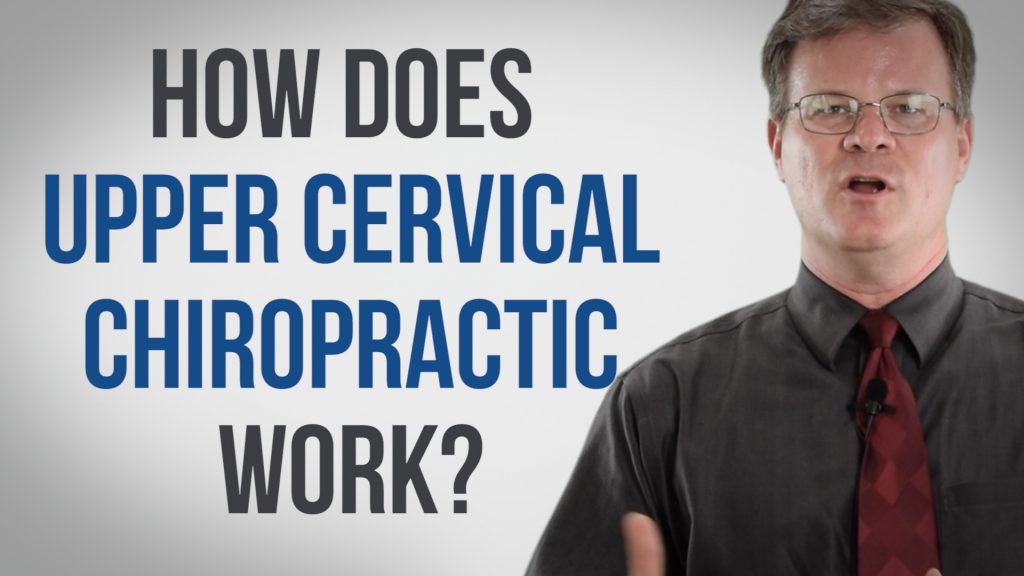What is Whiplash?
Whiplash is a common injury experienced by people during a car accident. Broadly speaking, any injury where the head is whipped forwards and then back again with rapid speed can result in whiplash.
In the weeks following an injury, whiplash can result in extreme discomfort in the neck and shoulders but usually resolves itself within a short period. However, in some cases, the signs and symptoms of whiplash can be felt long after the incident, potentially indicating that something else may be awry.
Signs and Symptoms of Whiplash
The symptoms of whiplash will depend on the severity of the impact event. The most common symptoms include neck pain, shooting pains in the shoulder or upper back, headaches, stiffness in the neck or shoulders, and difficulty moving the neck through its full range of motion.
In more serious or long-term cases of whiplash, patients may begin to feel dizzy and experience tinnitus, speech impediments, blurred vision, fatigue, and difficulty chewing.
How the Upper Cervical Spine Affects Whiplash
The upper cervical spine is directly impacted by whiplash incidents due to the sudden force exerted on the area during an accident. Specifically, the rapid ‘whipping’ of the head carriage back and forth can misalign one or more vertebrae in the upper cervical spine, causing tears and inflammation in the surrounding ligaments, nerves, and musculature.
Left untreated, these injuries can lead to long-neck pain, stiffness, and headaches, prolonging whiplash symptoms and disrupting the body’s natural healing process.
How Our Upper Cervical Treatment for Whiplash Works
Our in-house specialist, Dr. Gordon Elder, is an expert practitioner of the Blair Upper Cervical Chiropractic Technique. The Blair Upper Cervical Technique is a unique, low-force chiropractic technique for gently correcting and realigning vertebral misalignments in the upper cervical spine.
Dr. Elder’s first step in treating whiplash is a brief physical examination of your spine to determine if you’re suffering from a misalignment in the upper cervical spine. If a misalignment is detected, Dr. Elder will use several advanced diagnostic tools, including modern 3-D imaging technologies, to pinpoint the exact location of the misalignment. Afterward, you’ll be able to look over your scans and ask Dr. Elder any questions about your spinal health.
Next, Dr. Elder will employ a series of precise, non-invasive adjustment techniques to realign any misaligned vertebrae to their natural position, thereby allowing the
body’s natural healing mechanisms to restore and maintain proper function in the spinal column and surrounding musculature.
Following the initial adjustment, patients will return for regular, gradually spaced-out
check-ups to ensure their adjustment has stayed in place for 3 months. These check-ups generally span between 10 and 15 appointments in a 3-5-month window.
If whiplash is hindering your ability to participate in everyday life, get in touch today to speak with Dr. Elder about healing your upper cervical spine. Located in Lubbock, Texas, Blair Chiropractic Clinic also services Amarillo, Midland, Odessa, Abilene, El Paso in Texas, and Hobbs in New Mexico.
Published by Vic Belonogoff: A Blair Chiropractic doctor helped heal vertigo, among other conditions that Vic Belonogoff suffered from, and it gave him his life back. He continues to see an upper cervical chiropractor as a preventative measure. Vic Belonogoff is passionate about upper cervical chiropractic and how much it helps patients.






















